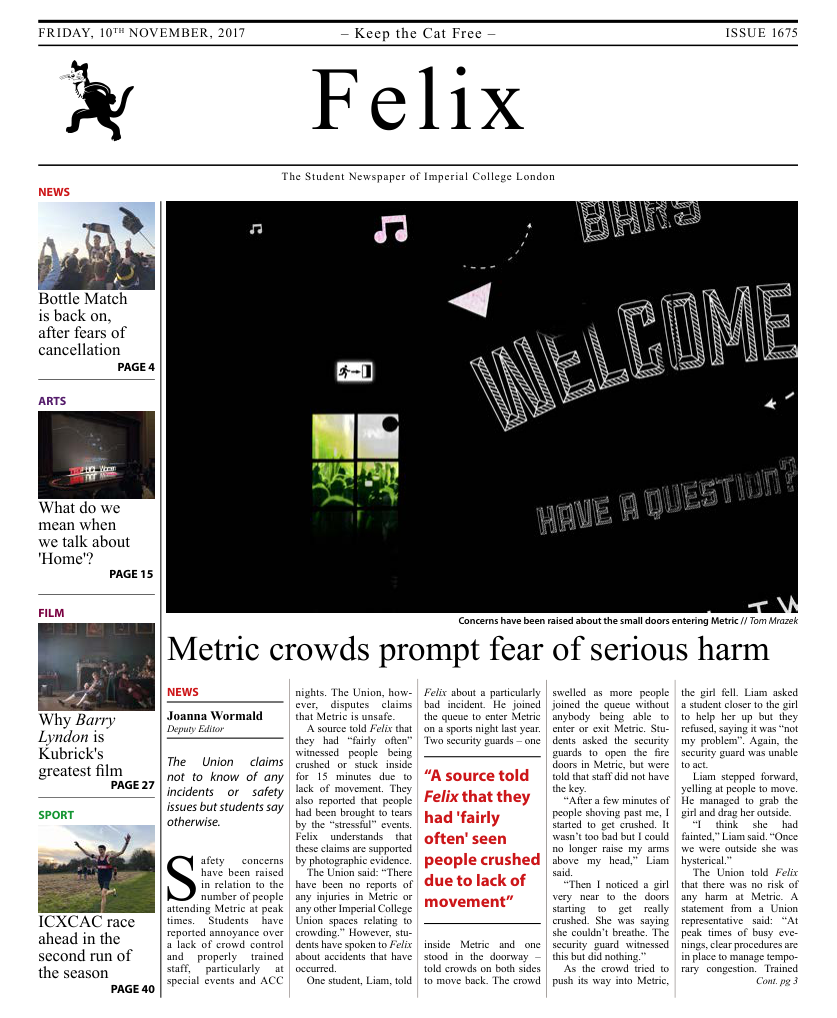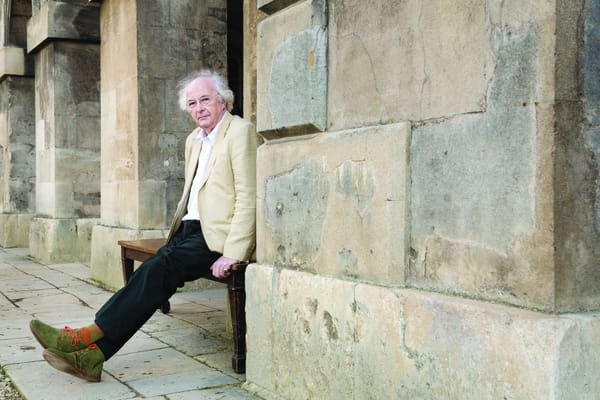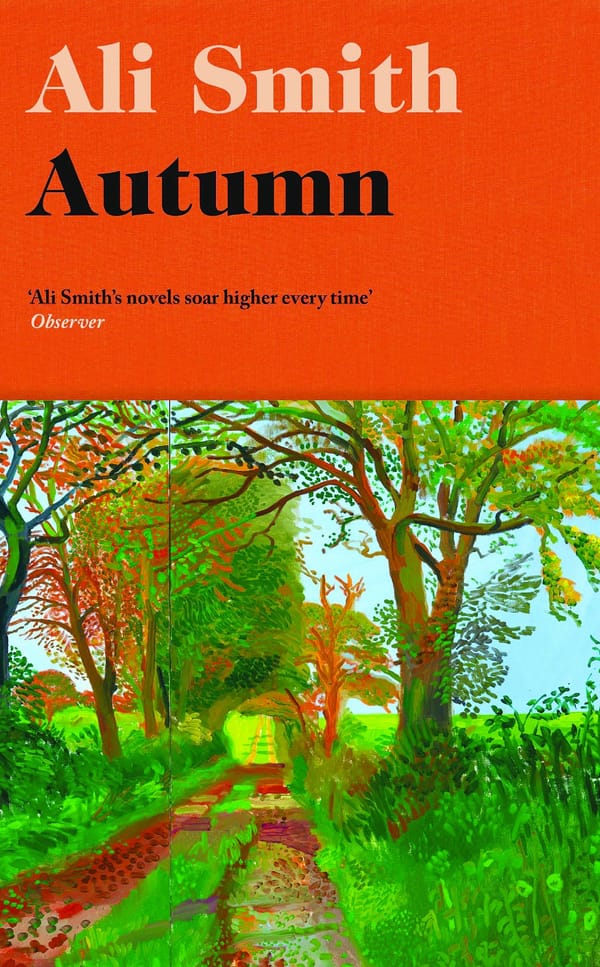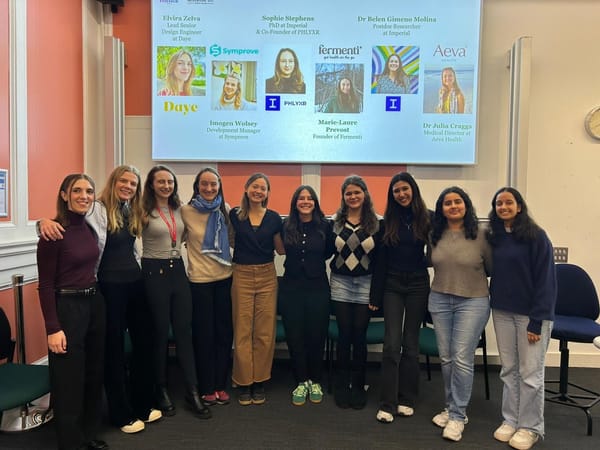In the words of a young poet finding her feet
New volume of Plath’s complete letters reveals the mind of a young poet hungry for success

What do we know of someone else’s life, besides what they choose to reveal to us? What more of a life that was tragically cut short, and has remained an enigma since?
In a newly-published tome of never-before-seen letters by 20th-century poet Sylvia Plath, we steal glimpses of a young, gifted poet in the making, and the window through which she saw the world. These letters published in the first volume cover the letters written from the time Plath was seven years old, to her marriage to Ted Hughes in 1956. The second volume, covering her marriage and separation, up to her death, is due next autumn.
As part of the recently-concluded London Literature Festival at the Southbank Centre, four writers gathered on stage to discuss the new letters, a selection of which was read by Lydia Wilson. The letters read ranged from the first one written to her mother when Plath was seven, observing the differences in writing with different coloured pens, to the one detailing the events surrounding her first suicide attempt at 20, up to several letters describing how deeply in love she was with Ted Hughes.
The event was chaired by writer Lavinia Greenlaw, and she was joined by writers Eimear McBride, Max Porter, and Sarah Howe. The writers took turns to discuss the letters, giving their personal takes on what they thought the letters revealed, and how they were relevant to Plath as a poet. Each writer then read their favourite work of Plath’s, which turned out to be a beautiful juxtaposition of her literary output with the epistolary form.
The evening was opened with a speech by Plath’s daughter Frieda Hughes, the special guest at the event. Reading from her foreword to the volume, Ms Hughes pointed out the irony that her father has been blamed and criticised throughout history for her mother’s death, considering that he chose to publish the collection of poetry, Ariel, that would make Plath famous, out of a “moral duty” to the brilliance of her work.
Against this backdrop of strong public and academic interest, The Letters of Sylvia Plath: Volume 1 seems to rebel against her cultural image
That all her letters in this period has been published unabridged into a huge tome running at a whopping 1424 pages, is a testament to the high public and academic interest in her life. These volumes aim to be a complete, unedited collection of Plath’s letters – a significant effort considering that most of her work was published posthumously, edited by the various people close to her, including Hughes and her mother. Ariel, for example, was edited and published by Hughes after her death, and controversy has always surrounded his choice of poems to include. An earlier volume of letters was published by her mother, but was put down by critics as being testament to the efforts of an overbearing mother, whom Plath, they suggested, struggled to free herself from.
Against this backdrop of strong public and academic interest, The Letters of Sylvia Plath: Volume 1 seems to rebel against her cultural image, and instead focus on her young, developing voice, one that reveals a maturity of thought and observation while dealing with the regular events of youth. This volume only hints at the more major events of her life and her matured poetic voice – aspects that are likely to be the focus of the second volume.
In a way, this first volume seems to normalise the young Plath and provide us with some insight into her developing personality and how it might have contributed to the tragic trajectory of her life. From the letters, we find the voice of an ambitious young writer, eager to make it in the world, and determined to do all she can to succeed. The dark side of this drive, however, is the self-criticism, the high expectations, and the inability to cope with perceived failure. This was obviously a young lady who was aware of her potential, and uncompromising in her standards. It reminded me greatly of her novel The Bell Jar, which, of course, is based on her own experiences.
Among these more serious issues, however, were more light-hearted letters, such as ones describing how miserable English weather was, written home when she was on a Fulbright scholarship at Cambridge. Apparently, Plath also found the teeth of British men appalling.
Letters are intimate – they are written for a specific audience, and can reveal the writer’s innermost thoughts and emotions, giving us glimpses of their inner lives. But they are also performances in themselves, a selective distillation of one’s life and contemplation into crafted pieces that carry across a particular way the writer wants to be seen. It is evident even within the selection of letters read during the evening that Plath became increasingly adept at shaping her written persona. One never learns about Plath’s writing without learning something about her history and cultural dominance as well. Her image has been mythologised, beatified, demonised, and altogether sensationalised across time. If this book does one thing, it is to hopefully restore some balance to her story, and include her voice in the events of her life that have captured the public imagination.










